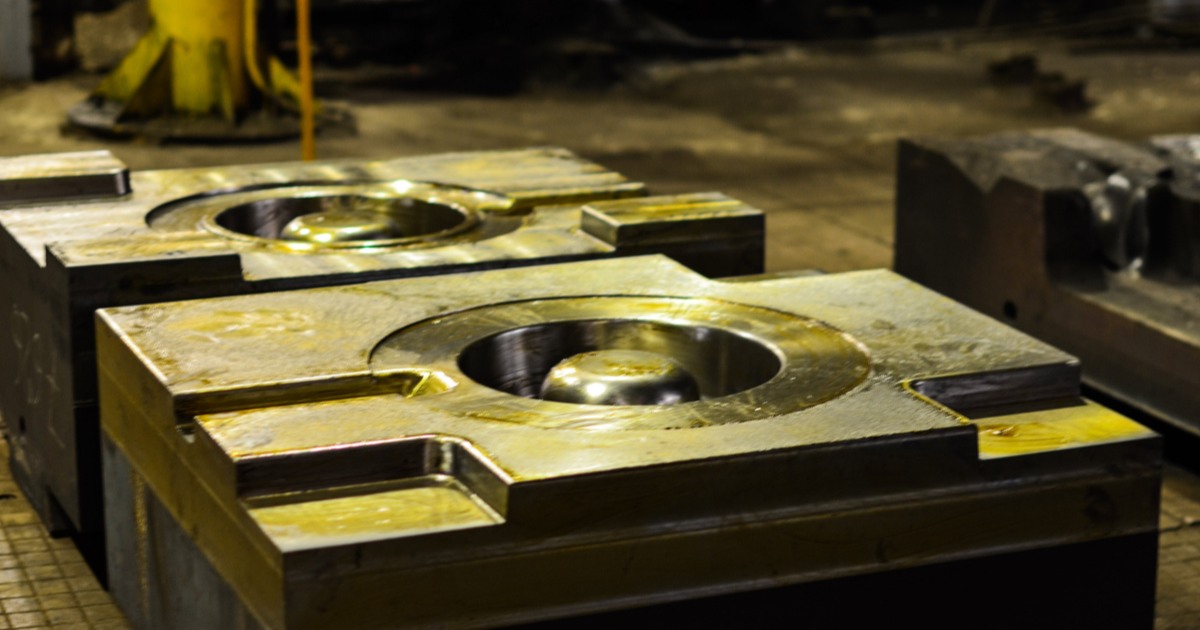Finest Practices for Maintenance and Applications in the Aluminum Foundry Field: A Thorough Overview
Preserving equipment in the light weight aluminum foundry sector is crucial for operational success. Regular assessments and predictive upkeep can significantly lower downtime and boost security. Advanced technologies, such as IoT and information analytics, play an essential role in this procedure. Understanding the full extent of best methods calls for a closer assessment of details techniques and their effects on performance. What are the vital parts that add to a trusted maintenance structure?
Importance of Routine Maintenance in Aluminum Foundries
Routine upkeep plays an essential function in the effective operation of light weight aluminum foundries. By systematically servicing and checking devices, shops assure peak efficiency and long life of equipment. Normal maintenance tasks, such as cleansing, lubrication, and component replacement, help avoid unanticipated failures that can lead to expensive downtime.
In addition, routine checks enhance workplace safety by recognizing possible hazards prior to they rise into major problems. Tools that is properly maintained runs extra successfully, causing improved item high quality and decreased waste. Additionally, adherence to an organized maintenance timetable can support compliance with sector policies, therefore promoting a track record for dependability and top quality within the market.
Implementing Predictive Upkeep Approaches
Predictive upkeep strategies take the concepts of routine upkeep an action even more by leveraging data analytics and advanced tracking technologies. In aluminum shops, these techniques make it possible for operators to expect tools failures prior to they take place, thus reducing unexpected downtimes and maximizing operational efficiency. By using sensing units and IoT devices, real-time data can be accumulated on machine performance, enabling the recognition of possible issues with anticipating analytics.
Maximizing Melting and Pouring Procedures
Effective melting and putting procedures are essential for maximizing productivity and ensuring the high quality of light weight aluminum spreadings. To boost these processes, factories ought to concentrate on exact temperature level control throughout melting, as this straight affects the metallurgical properties of the alloy. Making use of advanced melting technologies, such as induction and resistance melting, can improve energy effectiveness and minimize cycle times.
Carrying out automated putting systems decreases human mistake and preserves consistency in the putting procedure. Correct mold and mildew preparation, including ample preheating, is important to avoid thermal shock and improve mold and mildew durability.

Enhancing Safety Procedures in Factory Workflow
Prioritizing safety and security in aluminum foundry procedures is vital for protecting employees and ensuring an efficient atmosphere. Efficient safety and security methods consist of normal training sessions that emphasize the significance of personal protective equipment (PPE), such as safety glasses, handwear covers, and safety helmets. Furthermore, the establishment of clear emergency situation procedures is essential in taking care of possible crashes.
Normal examinations of tools and machinery help identify risks before they rise right into major problems. Executing a robust coverage system urges workers to communicate security issues without fear of effect. Moreover, fostering a culture of safety warranties click to read that every worker understands their function in preserving a secure office.
In enhancement, ensuring correct ventilation and surveillance air quality can mitigate exposure to damaging fumes and dirt. By reinforcing these methods, aluminum shops can significantly lower the risk of mishaps and produce an environment where workers really feel valued and safe, eventually boosting overall operational performance.
Leveraging Innovation for Improved Performance
Using advanced modern technology has actually come to be increasingly crucial for light weight aluminum shops intending to boost operational effectiveness. continue reading this Automation and robotics play a vital function in enhancing production processes, reducing labor expenses, and lessening human error. Implementing real-time monitoring systems permits the continuous analysis of equipment efficiency, allowing proactive upkeep and reducing downtime.
Moreover, the combination of data analytics supplies valuable insights into operational workflows, assisting in far better decision-making and resource allowance. Predictive analytics can recognize prospective failures prior to they occur, more enhancing maintenance schedules.
Furthermore, embracing advanced melting and spreading technologies enhances power efficiency and material yield, which are basic for sustainability in the market. By welcoming these technological improvements, light weight aluminum shops can not only improve performance but also maintain a competitive edge in a significantly requiring market (Casting Foundry). Inevitably, leveraging technology is pivotal in driving technology and enhancing overall operational effectiveness within the sector

Regularly Asked Concerns
What Are Typical Indications of Equipment Use in Aluminum Foundries?
Usual signs of tools wear in light weight aluminum foundries include uncommon sounds, reduced effectiveness, increased resonance, overheating components, leakages, and noticeable deterioration. These indications commonly signal the demand for maintenance or prospective replacement to avoid expensive downtime.
Just How Can I Train Staff for Effective Upkeep Practices?
To educate personnel for reliable maintenance practices, one can carry out hands-on workshops, establish comprehensive guidebooks, encourage mentorship programs, and carry out normal assessments to evaluate skills and expertise, guaranteeing all workers understand upkeep methods thoroughly.
What Are the Ecological Regulations for Light Weight Aluminum Foundries?
Light weight aluminum shops undergo various environmental guidelines, including discharges control, waste administration, and source preservation. Conformity guarantees marginal ecological impact, promoting sustainability while adhering to local, national, and global ecological criteria and laws.
Just How Do Shops Take Care Of Waste and Recycling of Light weight aluminum?
Factories handle waste and recycling by applying systems for accumulating scrap light weight aluminum, making use of innovative separation technologies, and collaborating with recycling facilities to assure reliable recovery processes, thereby minimizing environmental influence and advertising sustainability within the sector.
What Are the Costs Related To Implementing Advanced Technologies?
Applying innovative innovations in foundries incurs significant prices, consisting of preliminary investment, training, and maintenance expenses. The long-lasting advantages, such as enhanced efficiency and lowered waste, typically justify these expenditures, leading to boosted productivity. (aluminum foundry)
